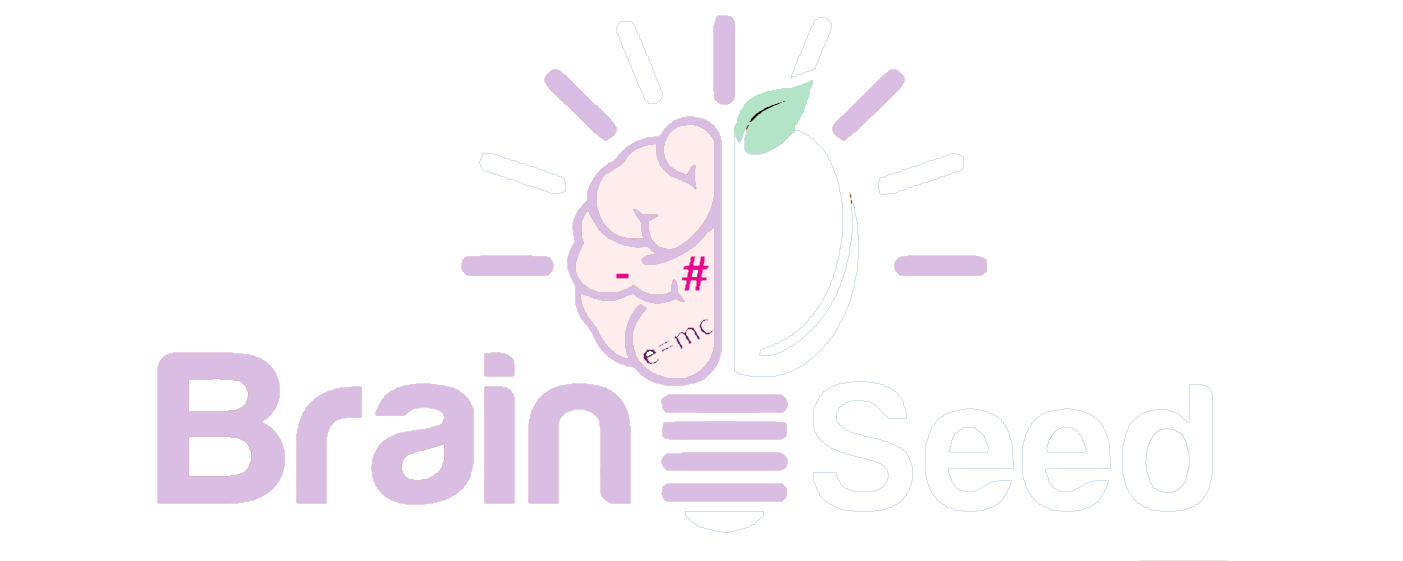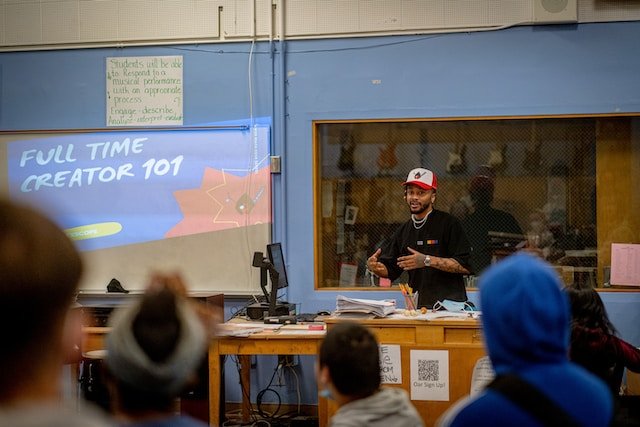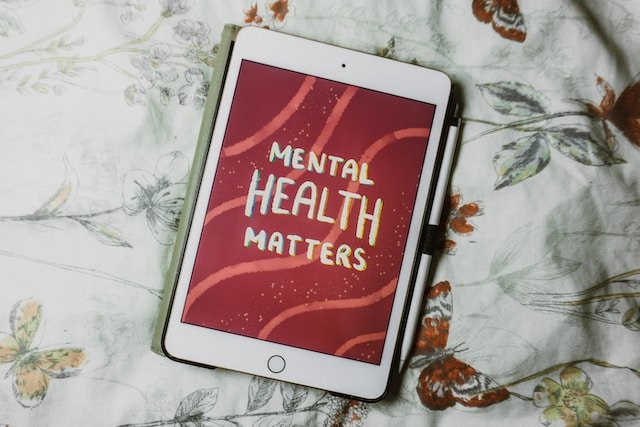What are the best strategies for teaching drama to students with different abilities?
Teaching drama is an incredibly diverse subject that provides a creative outlet for students with varying abilities. However, teaching drama to students with different abilities can present unique challenges. As a drama teacher, it is important to create an inclusive environment that allows all students to participate and thrive. Here are some strategies for teaching drama to students with different abilities:
Utilize Universal Design for Learning (UDL) UDL is a framework for designing and delivering instruction that is accessible to all students. It emphasizes the importance of providing multiple means of representation, expression, and engagement. In drama, this could mean using different activities such as improvisation, role-playing, and scriptwriting to cater to different learning styles and abilities. For example, students who struggle with reading and writing could be encouraged to participate in improvisation activities to develop their communication skills.
Adapt and Modify Exercises Different students have different abilities, so it is important to modify exercises to suit their individual needs. This could involve adapting exercises to make them more accessible, such as simplifying language or providing visual aids, or modifying them to make them more challenging. For instance, a student who has difficulty with fine motor skills could be given the option to perform a physical activity in a different way.
Collaborate with Support Staff Collaborating with support staff, such as special education teachers, can be a valuable resource when teaching drama to students with different abilities. Support staff can provide guidance on how to modify exercises and ensure that all students are included. They can also offer additional support and accommodations for students who require them.
Encourage an Inclusive Environment Creating an inclusive environment is crucial when teaching drama to students with different abilities. This involves creating a safe and supportive space where all students feel valued and included. Encouraging collaboration and teamwork can also help to build a sense of community within the classroom.
Provide Feedback and Reflection Providing feedback and opportunities for reflection is important for all students, but particularly for those with different abilities. Feedback should be specific and constructive, highlighting strengths as well as areas for growth. Reflection can help students develop self-awareness and identify their strengths and weaknesses.
Overall, teaching drama to students with different abilities requires a flexible and inclusive approach. By utilizing the strategies outlined above, drama teachers can create an environment where all students feel supported and empowered to participate in creative and meaningful ways.
Are you looking for a fresh and exciting way to engage your school’s drama program or your child’s creativity? Try YouTube drama! It’s a fun and modern way for students to create and perform in their own videos. YouTube drama is flexible, convenient, and can even reach a wider audience. Plus, it teaches valuable skills like video production, editing, and storytelling. Click here to learn more about how YouTube drama can benefit your school’s drama program.







